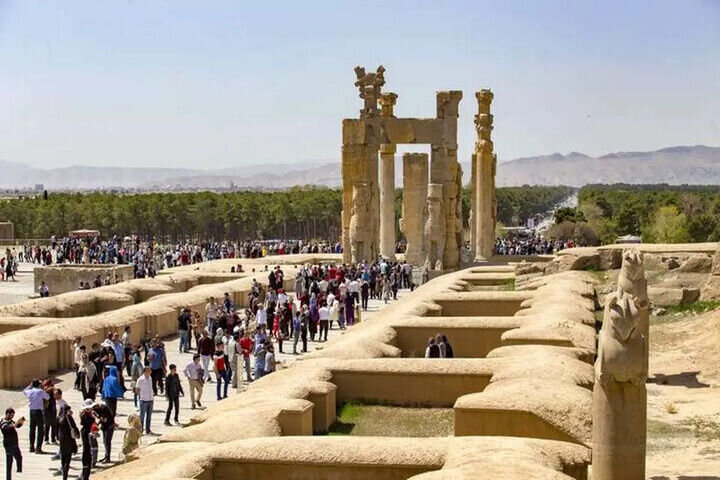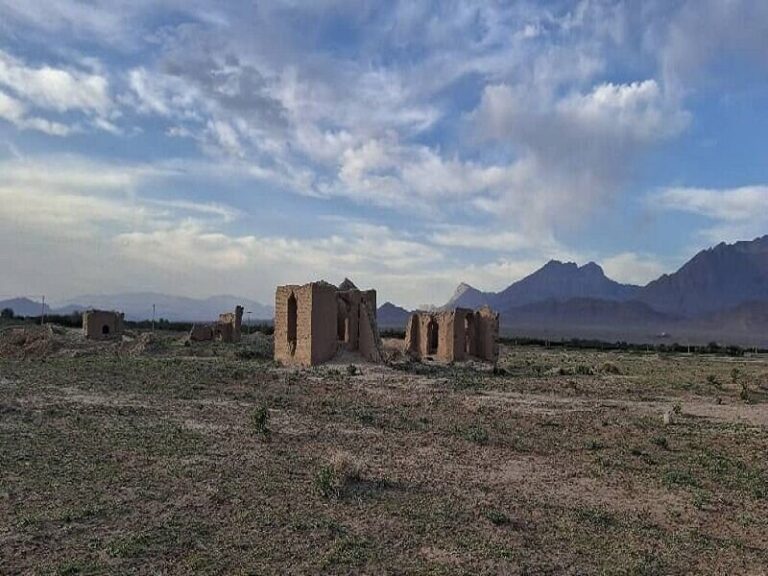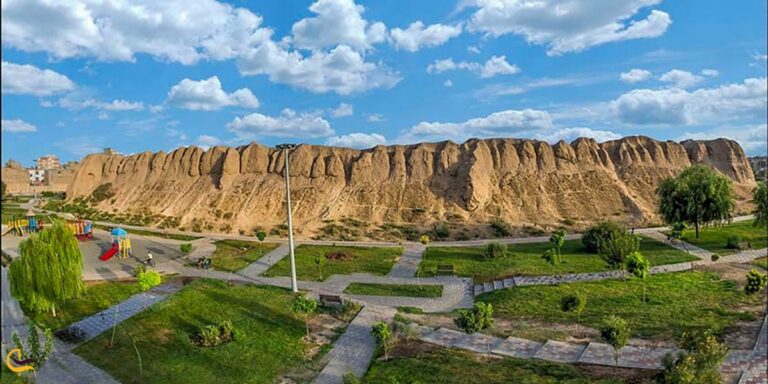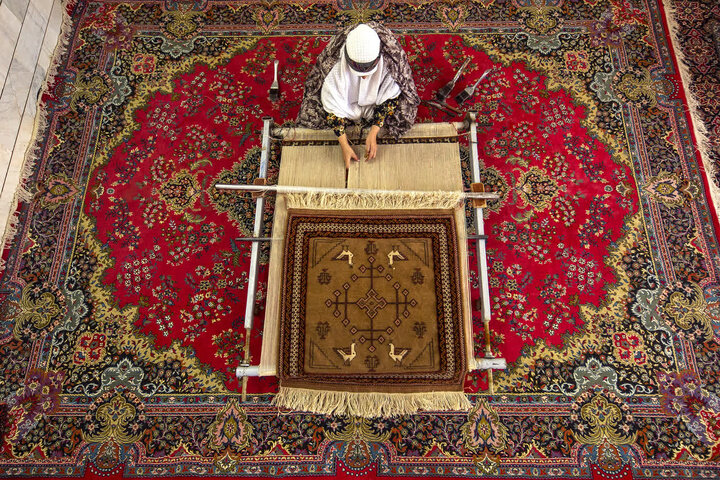Historic Persepolis Artifact: Ancient Stone Fragment Returned to Iranian Authorities
In a significant development for cultural heritage enthusiasts, a stone fragment believed to be from the ancient site of Persepolis has been officially transferred to the Cultural Heritage, Handicrafts and Tourism Directorate of Fars province. This UNESCO World Heritage site is known for its rich history and archaeological significance.
The stone was discovered on the evening of April 2, marking the last day of the Nowruz holidays. According to Mohammad Sabet-Eqlidi, the director of the provincial cultural heritage directorate, the fragment was found near the entrance to the ancient site of Persepolis, located in the historically rich region known as Parseh.
“This piece was found within the boundaries of the Persepolis complex,” Sabet-Eqlidi stated. He reassured the public that there has been no damage or theft from the original structures. “No stone was removed or looted from its original place,” he emphasized.
Due to the immense historical value of Parseh, which is regarded as one of the world’s most precious heritage locations, it is not unusual for ancient artifacts to emerge, particularly in areas frequented by visitors. The stone was voluntarily handed over to the authorities by the individual who found it, showcasing a commendable instance of public involvement in heritage preservation.
In addition to this recent discovery, Sabet-Eqlidi has announced plans for new archaeological excavations in the area, which are slated to commence within the current Persian calendar year. This initiative aims to uncover more aspects of the rich history embedded within the Persepolis site.
Persepolis, also referred to as Takht-e Jamshid, is one of the most extraordinary archaeological sites globally, revered for its unique architecture and advanced urban planning. The site is situated about 60 kilometers northeast of Shiraz, at the base of Kuh-e Rahmat (Mountain of Mercy).
The historical background of Persepolis is equally fascinating. The city was famously burned by Alexander the Great in 330 BC, a retaliatory act against the Persians for their prior destruction of Athens. The city’s monumental terrace was initiated around 518 BC by Darius the Great, the king of the Achaemenid Empire. Over time, successive kings added a series of awe-inspiring palatial structures on this terrace, including the massive Apadana palace and the renowned Throne Hall, known as the “Hundred-Column Hall.”
This extensive 13-hectare complex features majestic approaches, monumental stairways, throne rooms, reception areas, and various dependencies, earning its status among the world’s greatest archaeological treasures. Persepolis served as the administrative seat of the Achaemenid Empire, designed primarily to function as a grand showcase and a magnificent venue for royal receptions and festivals.
The recent stone fragment’s discovery underscores the ongoing importance of archaeological efforts in preserving and understanding our shared human heritage. As the new excavations approach, there is great anticipation about what new findings may emerge from this iconic site.
Archaeological work in the Persepolis area continues to offer insights into the sophisticated civilization that once thrived there. The intricate designs and meticulous planning evident in the layout of Persepolis reflect the remarkable achievements of the Achaemenid Empire, which ruled over a vast territory in the ancient world.
As the cultural heritage community eagerly awaits further discoveries, the cooperation between individuals and authorities in preserving such artifacts is crucial. The ongoing efforts to protect and study Persepolis not only honor its historical significance but also ensure that future generations can appreciate the grandeur of this ancient city.
- Persepolis is a UNESCO World Heritage site with rich archaeological remains.
- The site was discovered on April 2, 2023, during the Nowruz holidays.
- Authorities confirmed that no damage has occurred to the original structures.
- Public cooperation is essential for heritage preservation.
- New archaeological excavations are set to begin in the current Persian calendar year.
- The history of Persepolis includes its destruction by Alexander the Great in 330 BC.
- The site features stunning palatial buildings and monumental stairways.
In conclusion, the discovery of the stone fragment from Persepolis is a reminder of the importance of archaeological sites in understanding our past. As efforts continue to uncover and protect these treasures, the legacy of the Achaemenid Empire remains alive and relevant in today’s world.






